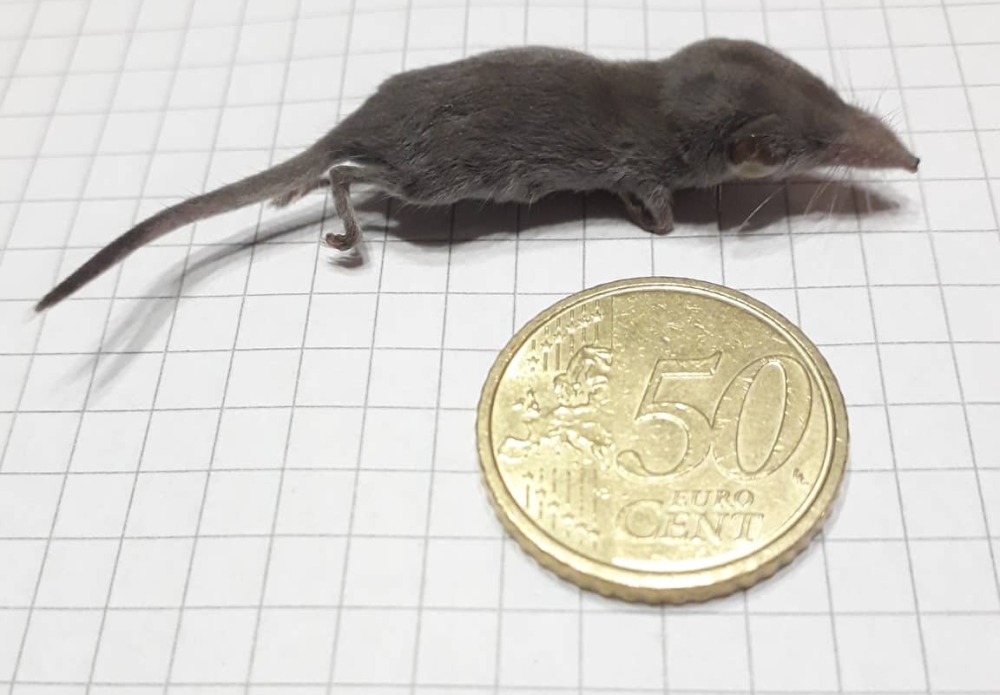When the age of dinosaurs came crashing to a close with the arrival of Chicxulub, the vacant niches left in their wake were free real estate for mammals who wriggled their way to the top. In that time, we’ve seen incredible species evolve, like the largest mammal ever – Paraceratherium – but who claims the title of the smallest mammal in the world?
Whether you’re interested in the smallest ever, or the smallest alive today, it all looks a bit shrew-like.
The smallest mammal ever to exist
An early Eocene insectivore claims the title of smallest mammal the Earth’s ever seen. At least, until scientists discover another one. Batodonoides vanhouteni was a shrew-like mammal that lived around 53 million years ago, known from teeth that indicated a body size smaller than any other mammal known to science.
It was first identified in the Wasatchian Formation in Wyoming and the Uintan Formation in California back in 1998. Its reach is hard to estimate because the teeth are so small (less than 1 millimeter) that they’ve likely gone undetected in some methods used to sample substrate.
The scientists behind the discovery estimated it probably weighed 1.3 grams (0.05 ounces), concluding that, “B. vanhouteni is the smallest terrestrial mammal yet known, and quite possibly the most diminutive of all mammals – smaller even than the chiropteran C. thonglongyai […] This leaves us with a question, what is the lower limit of mammalian size?”
The Etruscan shrew is bigger than Batodonoides vanhouteni is estimated to have been.
The smallest mammal in the world today
The Etruscan shrew, Suncus etruscus, is the smallest mammal in the world today. Adults weigh 1.8 to 3 grams (0.06 to 0.1 ounces), and their body length is 35 to 48 millimeters (1.4 to 1.9 inches), which makes them about 20 times lighter than your average mouse.
Being so mini means that even a grasshopper represents a sizable meal, which is good, because Etruscan shrews have to eat eight times their body weight in food daily. To tackle such a massive appetite, they’ve evolved super senses that landed them a spot in National Geographic’s series Super/Natural.
Those senses include the ability to strike 12 times faster than the blink of an eye, and being able to sense the environment thanks to a mess of super-sensitive whiskers that make up for their comparatively lousy vision and hearing. Best of all, when they have babies, the mothers get them safely from A to B by forming a kind of conga line, each shrew clamping onto the base of the tail of the shrew in front.
If all this talk of tiny mammals has you feeling a little cumbersome, get a load of the prehistoric slab that was Paraceratherium.
Source Link: The Smallest Mammal In The World Lived 53 Million Years Ago
